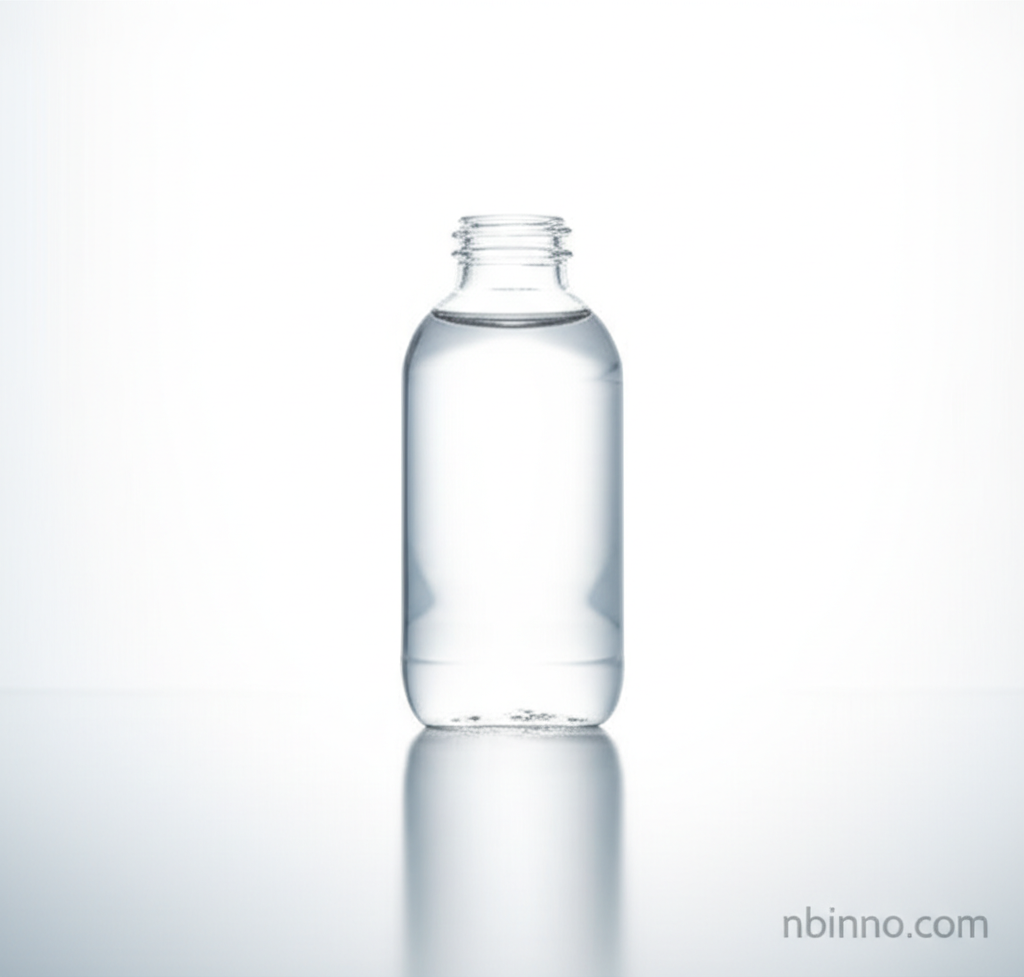Monoethanolamine (MEA): A Versatile Amine for Industrial Applications
Discover the essential properties and diverse industrial uses of Monoethanolamine, a key chemical intermediate.
Get a Quote & SampleProduct Core Value

Monoethanolamine
Monoethanolamine (MEA) is a critical chemical intermediate, distinguished by its colorless, viscous liquid form and mild ammonia-like odor. Its unique dual functionality, possessing both a primary amine and a hydroxyl group, makes it highly reactive and versatile. MEA is an indispensable component in numerous industrial processes, valued for its capabilities in pH adjustment, neutralization, and as a foundational building block for a wide array of chemical syntheses.
- Leveraging monoethanolamine for gas purification, MEA effectively removes acid gases like CO2 and H2S from industrial gas streams.
- Explore the uses of monoethanolamine in surfactants, where it plays a vital role in creating effective cleaning and emulsifying agents for various applications.
- Discover monoethanolamine for rubber accelerator needs, contributing to the efficiency and performance of rubber vulcanization processes.
- Understand the benefits of monoethanolamine in detergents, enhancing their cleaning power and formulation stability.
Key Advantages
Enhanced Gas Sweetening
The application of monoethanolamine in gas purification processes is paramount for removing corrosive acid gases, ensuring cleaner and safer industrial operations.
Formulation Stability
Utilizing monoethanolamine in surfactants and detergents significantly improves formulation stability and product efficacy, meeting consumer demands for high-performance cleaning agents.
Industrial Process Efficiency
The role of monoethanolamine in rubber processing as an accelerator enhances the overall efficiency and quality of rubber products.
Key Applications
Gas Treatment
MEA is extensively used in gas sweetening processes to remove acid gases such as CO2 and H2S from natural and refinery gas streams, essential for meeting environmental standards.
Personal Care Products
In personal care, monoethanolamine serves as a crucial pH adjuster and emulsifier in products like shampoos and lotions, improving texture and performance.
Coatings and Paints
Its neutralizing properties make monoethanolamine valuable in water-based coatings and paints, aiding in pH balance and adhesion.
Chemical Synthesis
As a fundamental building block, monoethanolamine is used in the synthesis of various other chemicals, including dyes, pharmaceuticals, and agricultural chemicals.
Related Technical Articles & Resources
Why Choose Us?
Leverage our expertise and state-of-the-art infrastructure to accelerate your journey from discovery to commercial success.
Global Experience
With 20 years of R&D, manufacturing, and sales experience, we proudly serve clients across 60 countries and regions worldwide.
Advanced Facilities
Our in-house R&D laboratory, pilot platform, and large-scale production workshop are equipped to meet the audit requirements of global customers.
Seamless Scalability
We facilitate a perfect transition from small-scale lab requirements (grams) to full commercialization (hundreds of tons).
